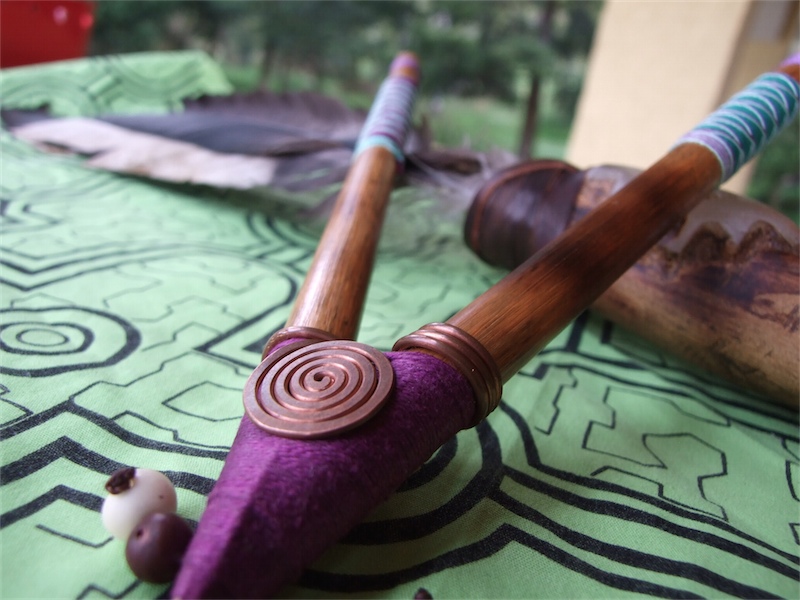
A Newbie’s Guide To The 7 Chakras + Just How To Unblock Them
The seven chakras are the major power centers of the body. You’ve most likely listened to people discuss “uncloging” their chakras, which refers to the idea that when every one of our chakras are open, power can run through them easily, and also consistency exists between the physique, mind, and also spirit.
 Chakra equates to “wheel” in Sanskrit, as well as you can picture them like wheels of free-flowing favorable energy.
Chakra equates to “wheel” in Sanskrit, as well as you can picture them like wheels of free-flowing favorable energy.
In this beginner’s overview, we’ll sum up the defining characteristics of the 7 major chakras, clarify exactly how to inform when any of them are blocked, and share just how to unclog every one– from root to crown– using rules, yoga exercise positions, and extra.
1. Origin Chakra (Muladhara).
The Muladhara, or origin chakra, represents our structure. On the body, it rests at the base of the spinal column and provides us the feeling of being based.
When the origin chakra is open, we feel great in our capability to hold up against difficulties as well as base on our very own two feet. When it’s blocked, we feel intimidated, as if we’re depending on unstable ground.
Place: Base of back, in tailbone area.
What it regulates: Survival issues such as monetary independence, cash, as well as food.
Mantra: “I can’t expand from an unsteady structure.”.
Color: Red.
Element: Planet.
Stone: Hematite.
Yoga exercise present: Warrior I.
When it establishes: 1-7 years old.
2. Sacral Chakra (Swadhisthana).
The Swadhisthana, or sacral chakra, assists inform just how we relate to our feelings and also the feelings of others. It additionally controls creativity and also sexual energy. Those with a blocked sacral chakra can really feel an absence of control in their lives.
Location: Lower abdomen, concerning 2 inches below the navel.
What it regulates: Your sense of wealth, wellness, satisfaction, and also sexuality.
Mantra: “I constantly honor others yet not prior to myself.”.

Color: Orange.
Component: Water.
Stone: Tiger’s Eye.
Yoga exercise pose: Bound Angle Posture.
When it establishes: 8-14 years old.
3. Solar Plexus Chakra (Manipura).
The third chakra, the solar plexus chakra, speaks to your ability to be confident as well as in control of your life. Reflect to the last time you had butterflies or felt a pit in the tummy: That’s the Manipura chakra at the office.
If your solar plexus chakra is obstructed, you might feel overwhelming quantities of pity as well as self-doubt. Those with open sacral chakras are cost-free to express their true selves.
Place: Upper abdominal area in the tummy location.
What it manages: Self-regard, positive self-image, as well as self-esteem.
Rule: “Self-love begins when I approve all parts of myself.”.
Shade: Yellow.
Element: Fire.
Rock: Brownish-yellow.
Yoga present: Boat Pose.
When it establishes: 15-21 years of ages.
4. Heart Chakra (Anahata).
The Anahata, or heart chakra, is the bridge between the reduced chakras (related to materiality) as well as the upper chakras (associated with spirituality). As the name suggests, this chakra can influence our capability to provide as well as receive love– from others and also ourselves.
Somebody with a blocked heart chakra will have trouble fully opening to the people in their life. If a person’s heart is open, they can experience deep concern and also empathy.
Location: Center of chest, just above the heart.
What it regulates: Love, happiness, and also inner peace.
Concept: “When I like myself, caring others comes conveniently.”.
Color: Green.
Component: Air.
Stone: Rose Quartz.
Yoga pose: Camel Pose.

When it develops: 21-28 years of ages.
5. Throat Chakra (Vishuddha).
The Vishuddha, or throat chakra, gives voice to the heart chakra and also controls our ability to interact our individual power.
When it’s operating at full capability, it allows us to reveal ourselves genuinely as well as plainly. Someone with a blocked throat chakra will feel like they have trouble finding words to say exactly how they really feel.
Place: Throat.
What it controls: Interaction, self-expression, as well as reality.
Mantra: “I speak my fact, constantly.”.
Color: Light Blue/Turquoise.
Aspect: Sound/Music.
Rock: Aquamarine.
Yoga exercise posture: Fish Posture.
When it develops: 29-35 years old.
6. Third-Eye Chakra (Ajna).
As we move up the body, we’re obtaining closer to communion with the divine. The Anja, or third-eye chakra, manages our ability to see the big picture as well as link to intuition. Think about it as the eye of the soul: It signs up details beyond the surface level.
Visions as well as instinctive hits are not uncommon for someone with an open third-eye chakra.
Area: Forehead in between the eyes (likewise called the Eyebrow Chakra).
What it regulates: Intuition, imagination, and knowledge.
Rule: “I am open to discovering what can not be seen.”.
Color: Dark Blue/Purple.
Element: Light.
Rock: Purple.
Yoga present: Youngster’s Pose.
When it creates: 36-42 years old.
7. Crown Chakra (Sahasrara).
The Sahasrara, or crown chakra, the highest possible chakra, sits at the crown of the head as well as represents our capacity to be totally linked spiritually. When you completely open your crown chakra– something very few people ever do!– you have the ability to access a greater awareness.
Place: The very top of the head.
What it manages: Internal as well as outer beauty, spiritual link.
Lesson: “I am a vessel for love as well as light.”.
Color: Violet/White.
Aspect: Divine Consciousness.
Stone: Clear quartz.
Yoga exercise present: Headstand.
When it creates: 43-49 years of ages.

